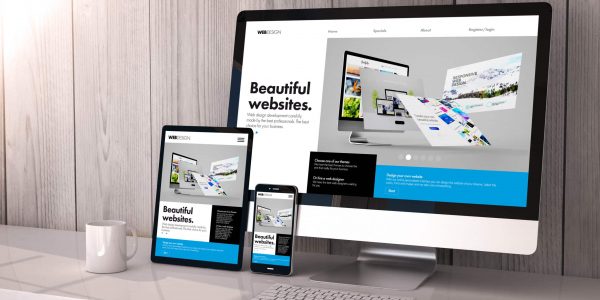Unpacking On-Page SEO
On-page SEO is a fundamental aspect of digital marketing, focusing on optimizing various elements of your website to attract both visitors and search engines. The goal is to make your website more discoverable, readable, and valuable. Here’s how you prioritize these elements for maximum impact:
Content Quality: The Core of Your Website
The value you provide through your content is paramount. High-quality, original, and useful content not only satisfies your audience but also signals to search engines that your site is a reputable source of information.
Website Speed: Fast Track to User Satisfaction
Speed is essential in keeping your visitors engaged. A fast-loading website enhances user experience, reducing bounce rates and improving rankings in search results.
Mobile Friendliness: Catering to the Mobile Majority
With the increasing prevalence of mobile browsing, having a website that performs flawlessly on a variety of devices is crucial for reaching a wider audience and improving search engine rankings.
Strategic Keyword Use: Guiding Search Engines and Users
Intelligent keyword placement helps search engines understand the relevance of your content, while a natural, reader-friendly keyword density ensures your content remains accessible and engaging.
Meta Titles & Descriptions: Making a Strong First Impression
These elements act as your digital elevator pitch in search results. Well-crafted meta titles and descriptions can significantly increase click-through rates by giving potential visitors a clear idea of what your page offers.
HTML Headers: Structuring Your Site’s Story
Proper use of headers organizes your content, making it easier for readers to digest and for search engines to understand the hierarchy and relevance of your information.
Internal Linking: Building Your Site’s Network
Strategic internal linking enhances site navigation, encourages deeper exploration by visitors, and helps search engines discover and index more of your pages.
Image Alt Text: Describing the Visual
Alt text for images ensures that all users, including those using screen readers, can understand the visual content, while also providing search engines with context for better indexing.
Accessibility: Ensuring Universal Access
A website that’s accessible to everyone, including people with disabilities, not only broadens your audience but also aligns with best practices in web development and SEO.
Core Web Vitals: The Health Metrics of Your Website
Google’s Core Web Vitals assess the quality of user experience provided by your website, focusing on loading performance, interactivity, and visual stability. While important, these technical metrics support rather than lead the user experience enhancements.
In optimizing your website, prioritizing content quality, speed, and mobile-friendliness lays a solid foundation. From there, refining the strategic elements like keywords, meta descriptions, and structural headers further enhances your site’s appeal to both users and search engines.
Off-Page SEO Explained
Off-page SEO happens away from your website, casting a wider net across the digital world, such as on other websites, social media platforms, and even local directories. It’s a bit like the behind-the-scenes efforts that help boost your site’s reputation and visibility online.
Even though off-page SEO might seem like it’s out of your hands, there are actually several strategic areas you can influence:
1. Backlinks: Your Digital Street Cred
Backlinks are a major part of off-page SEO, acting like votes of confidence from other sites. However, Google is on the lookout for spammy or manipulative link practices. The key is to earn links naturally by sharing valuable content that others want to link to.
Make sure these links come from reputable sites and are embedded within quality content. Keeping an eye on the ‘toxicity score’ of linking sites can also help avoid the wrong kind of attention.
Quick Tip: Dodge Toxic Backlinks
The internet has its share of shady neighborhoods. Occasionally, your site might get linked from these “toxic” places. Google’s Search Console has a Disavow Tool that allows you to distance yourself from these harmful associations. However, this tool is best used with caution—consult with an SEO expert before diving in.
2. Social Media: More Than Just Likes
Google pays attention to social media, considering it a valuable source of backlinks. Engaging with your audience on these platforms can not only enhance your brand’s presence but also drive traffic back to your website.
3. Mentions: Silent Shoutouts
Not every mention of your brand online will link back to your site, but don’t underestimate their value. These mentions add to your brand’s credibility and overall online presence, acting as indirect endorsements.
4. Local Directories: Map Your Way to Visibility
For businesses with a physical presence, local directories, especially your Google Business Profile, are crucial. This profile is your digital storefront, providing essential information and improving your visibility in local searches, including Google Maps.
In essence, off-page SEO complements your on-site efforts, working in tandem to elevate your site’s standing in the digital ecosystem. It’s about building relationships and credibility across the web to signal to search engines that your site is reputable, relevant, and deserving of a top spot in search results.







